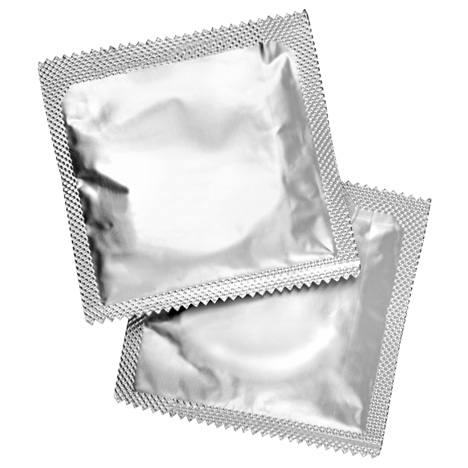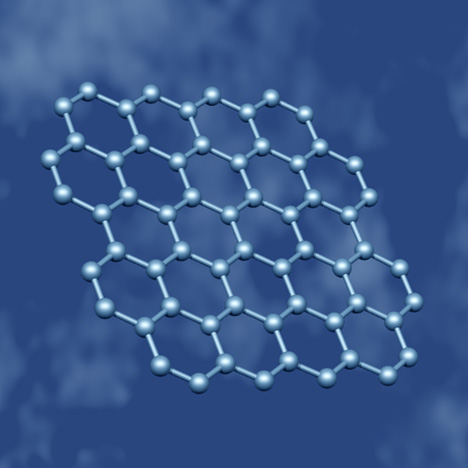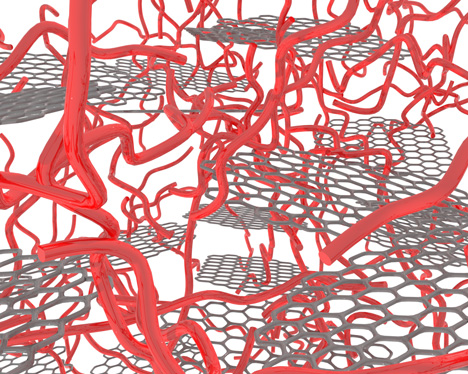
World's thinnest, strongest material could mean "more pleasurable" condoms
News: condoms made by combining latex with new wonder material graphene would be "thinner, stronger, safer and more pleasurable," according to scientists developing uses for the ultra-thin material.
Combinins graphene - a honeycomb lattice of carbon atoms that is just one atom thick - could revolutionise the design of condoms, say researchers.
"This composite material will be tailored to enhance the natural sensation during intercourse while using a condom, which should encourage and promote condom use," said Dr Aravind Vijayaraghavan of the University of Manchester.

Yesterday his team announced it had received a £62,000 grant from The Bill and Melinda Gates Foundation, set up by the Microsoft founder and his wife to tackle world health issues. The money will be used to develop the use of the material for protection against sexually transmitted infections.
"This will be achieved by combining the strength of graphene with the elasticity of latex to produce a new material which can be thinner, stronger, more stretchy, safer and, perhaps most importantly, more pleasurable," Vijayaraghavan added.
Graphene has been hailed as the thinnest, strongest, most conductive material ever developed. It consists of a single plane of carbon atoms arranged in a hexagonal pattern, which makes it transparent and electrically conductive as well as strong and thin.

It was first isolated by Manchester university researchers Andrew Geim and Kostya Novoselov in 2004, with their findings earning the scientists the 2010 Nobel Prize in Physics.
Since then, researchers have been exploring possible uses for the material. "Since its isolation in 2004, people have wondered when graphene will be used in our daily life," said Vijayaraghavan. Other potential uses of graphene include mobile-phone screens, food packaging and chemical sensors.
Image of condoms from Shutterstock.